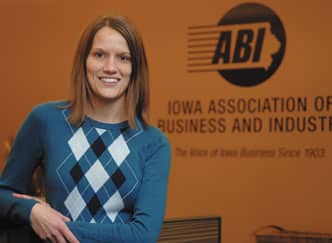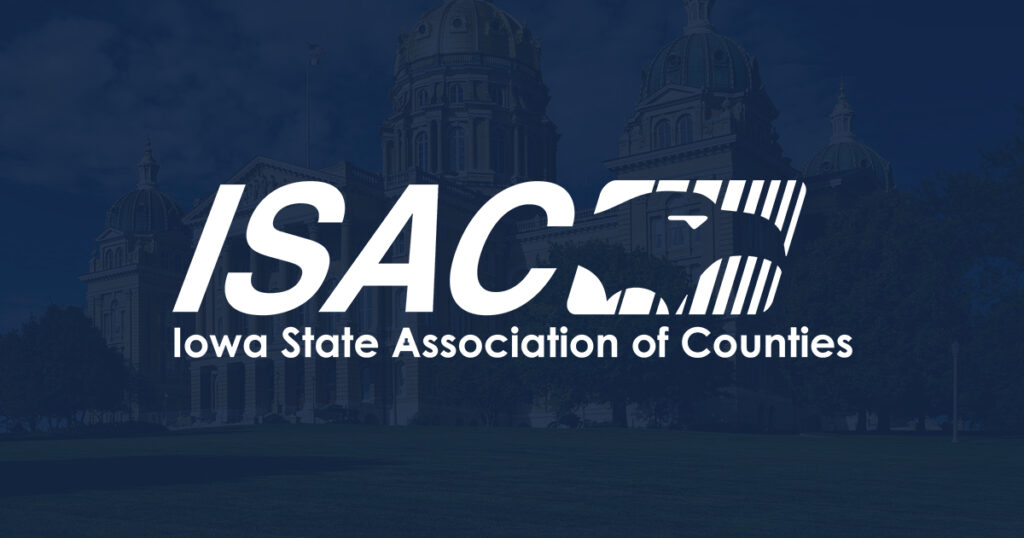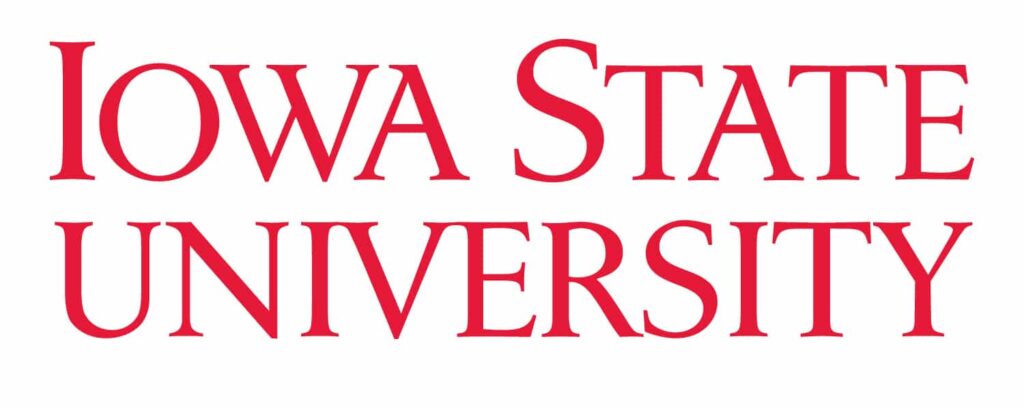Upping the ante: Business groups push to increase economic development tax credits
Providing financial incentives to lure in businesses has support on both sides of the aisle

.floatimg-left-hort { float:left; } .floatimg-left-caption-hort { float:left; margin-bottom:10px; width:300px; margin-right:10px; clear:left;} .floatimg-left-vert { float:left; margin-top:10px; margin-right:15px; width:200px;} .floatimg-left-caption-vert { float:left; margin-right:10px; margin-bottom:10px; font-size: 12px; width:200px;} .floatimg-right-hort { float:right; margin-top:10px; margin-left:10px; margin-bottom:10px; width: 300px;} .floatimg-right-caption-hort { float:left; margin-right:10px; margin-bottom:10px; width: 300px; font-size: 12px; } .floatimg-right-vert { float:right; margin-top:10px; margin-left:10px; margin-bottom:10px; width: 200px;} .floatimg-right-caption-vert { float:left; margin-right:10px; margin-bottom:10px; width: 200px; font-size: 12px; } .floatimgright-sidebar { float:right; margin-top:10px; margin-left:10px; margin-bottom:10px; width: 200px; border-top-style: double; border-top-color: black; border-bottom-style: double; border-bottom-color: black;} .floatimgright-sidebar p { line-height: 115%; text-indent: 10px; } .floatimgright-sidebar h4 { font-variant:small-caps; } .pullquote { float:right; margin-top:10px; margin-left:10px; margin-bottom:10px; width: 150px; background: url(http://www.dmbusinessdaily.com/DAILY/editorial/extras/closequote.gif) no-repeat bottom right !important ; line-height: 150%; font-size: 125%; border-top: 1px solid; border-bottom: 1px solid;} .floatvidleft { float:left; margin-bottom:10px; width:325px; margin-right:10px; clear:left;} .floatvidright { float:right; margin-bottom:10px; width:325px; margin-right:10px; clear:left;}
This legislative session, business groups will be pushing to raise the cap on state economic development tax credits from $120 million to $185 million.
The tax credits are given to lure in out-of-state businesses or to Iowa companies looking to expand, and the credits often are needed to compete regionally and nationally because other states offer similar incentives, or in some cases more, the groups say.
“The credits are there for everyone to take advantage of,” said Nicole Crain, vice president of government relations at the Iowa Association of Business and Industry, one of the groups supporting an increase. “Because the cap is lower, they are less available for everyone, for companies of all sizes.”
Other groups in favor of increasing the cap include the Greater Des Moines Partnership and the Iowa Chamber Alliance, which consists of 16 chambers of commerce and economic development organizations throughout the state.
“We’re competing with our neighbors,” Crain said. “And our business tax rate and corporate tax rate are already higher than others.”
States like South Dakota, which has no state income tax, and Nebraska are Iowa’s biggest competitors in the regional site-selection fight, Crain said, adding that border communities like Sioux City and Council Bluffs often lose out on potential businesses. The tax credits can help level the playing field.
And they’ve proved useful. Last year, the Iowa Economic Development Authority awarded $50 million in tax credits to Orascom Construction Industries to persuade the company to build a $1.4 billion fertilizer plant that will employ 2,500 people in Iowa. State leaders said Orascom would also receive an additional $50 million in tax credits over the next two years.
But big projects like this can eat up the available credits, leaving the state without enough resources to attract other businesses, said Matt Hinch, senior vice president of government relations and public policy at the Greater Des Moines Partnership.
The Iowa Legislature reduced the tax credit budget from $185 million to $125 million as part of budget-cutting decisions in 2009, when the state’s finances were struggling.
“Hopefully (the Legislature) will recognize the need for increasing the cap,” Hinch said. “The state is in much better physical shape today than it was three years ago.”
However, not everyone believes that increasing the cap is necessary. Mike Owen, assistant director of the Iowa Policy Project, a nonprofit policy group in eastern Iowa, said the tax credit system needs more oversight, not more credits to give out. “There are plenty of tax credits that don’t even have a cap,” he said.
Pointing to the misuse of film tax credits that was discovered in 2009, Owen said that tax credit programs can often have big accountability problems, adding that Iowa does not have a proper review process set up.
“Certain credits are reviewed each year, but the Legislature doesn’t have to take any action on them,” he said.
Rather than increasing the cap, the Iowa Policy Project would like the state to adopt some of the recommendations put forth by an independent panel after it reviewed use of the film tax credits, in particular, adopting a “sunset” for tax credits, meaning they would expire after a certain amount of time unless the Legislature took action and re-approved them, and placing a cap on all uncapped credits.
“You can’t forget that a tax credit is a form of spending, which means you are taking revenue off of the table without the Legislature even being able to have a choice on how it is or isn’t spent,” Owen said.
Iowa tax credit programs
Iowa has a variety of tax credit programs and direct financial assistance available to new and established businesses, but two main programs used to negotiate with companies are limited under the cap.
The High Quality Jobs Program – a package of tax credits, exemptions and refunds given to businesses locating, expanding or modernizing their facilities in Iowa. In return for the incentives, the businesses must provide a certain number of high-paying jobs.
Enterprise Zone program – tax benefits given to businesses that invest in economically depressed areas. Businesses locating or expanding in an Enterprise Zone can receive property tax exemptions, funding for employee training, sales tax refunds, Iowa income tax credits or other tax incentives.










